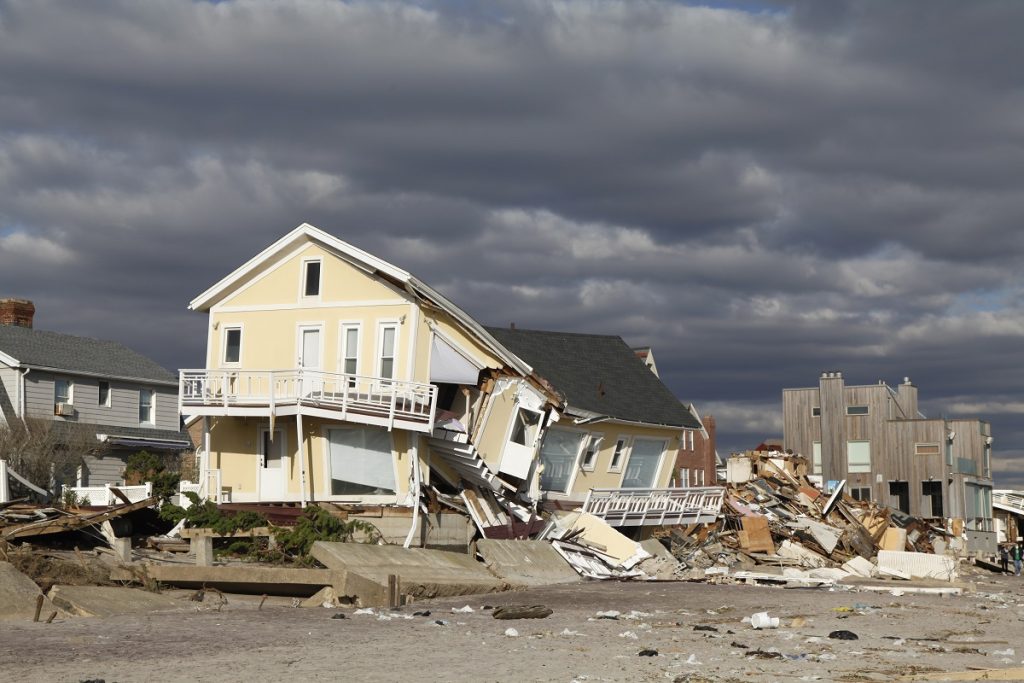- Cyclones are unpredictable and can cause severe damage to homes due to flooding, roof damage, power outages, broken windows, and fallen trees.
- Homeowners should invest in impact-resistant roofing, flood barriers, sump pumps, waterproofing systems, and more.
- Reinforce walls with steel or timber bracing and use reinforced concrete or masonry for new walls or additions.
- Secure outdoor structures by using hurricane straps and sturdy anchor points.
- Trim or remove large trees near the home while opting for wind-resistant plants in the landscape design.
Cyclones are unpredictable and can cause severe damage to your home. As young homeowners, you must know the risks and prepare for potential natural disasters. Cyclones are made from thunderstorms, high winds, and intense low-pressure systems. Strong winds can cause flooding, storm surges, and even erosion in coastal areas when they form near oceans or large bodies of water.
Cyclones in The U.S.
It’s estimated that the country gets around 15 tropical storms each year, with about 6 of them becoming hurricanes, but most of these storms usually form in the Atlantic Ocean. When a storm forms near land, it can become a cyclone. Most coastal states are vulnerable to cyclones, and all homeowners should be prepared for the worst-case scenario. Lastly, it costs the country billions of dollars. Here’s how it can affect your home:
Roof Damage
Cyclones can cause severe roof damage to your home. Fast-moving winds and flying debris can easily damage shingles, tiles, or metal sheets. If the damage is severe, it can cause leaks, damaging your ceilings, walls, and floors. To prevent roof damage, we suggest you invest in impact-resistant roofing, which can withstand high winds and flying debris.
Flooding

Along with strong winds, cyclones can also bring heavy rain. Excessive rainfall can lead to flooding in your home. The damage can be extensive, and you may have to replace your furniture, carpets, walls, and even your home’s foundation. You can install flood barriers, sump pumps, and waterproofing systems to protect your home from flooding.
Power Outages
During cyclones, power outages are expected. Your electricity provider may shut off power as a safety measure or severe winds can knock down power lines. The lack of power can cause food spoilage, water shortages, and other issues. Investing in a generator to keep your lights, fridge, and other essential appliances running during power outages.
Broken Windows
Flying debris during a cyclone can cause broken windows, letting in rainwater and winds. Broken windows can also pose a safety hazard, shattering and harming anyone inside the house. To avoid broken windows, you can install impact-resistant windows that can withstand high winds and debris.
Fallen Trees
Cyclones can uproot trees and cause them to fall on your property, causing significant damage. The fallen trees can damage your roof, cars, fences, and your home’s foundation. Hiring a qualified tree surgeon to assess the risk and cut down any weak or diseased trees is vital to prevent tree damage during cyclones. Furthermore, they can even decrease the number of pests in your home. Certain pests live in trees which can damage your home.
Renovation Options For a Cyclone-Resistant Home
There are also various renovation options for cyclone-resistant homes. Here are some of them:
Use Robust Piping
Your home’s pipes can be vulnerable during cyclones, so use robust piping to prevent breakage. These pipes can also withstand high water pressure and are designed to last for years.
Roof Reinforcement

The roof is one of the most vulnerable areas during a cyclone. Reinforce the roof structure using hurricane straps or clips to secure it to the walls. Additionally, consider using impact-resistant roofing materials, such as metal or reinforced tiles, to reduce the risk of damage from flying debris.
Impact-Resistant Windows and Doors
Install impact-resistant windows and doors throughout the house. These are designed to withstand high winds and flying debris, reducing the chances of structural damage and protecting the interior from water infiltration.
Reinforced Garage Doors
If your home has a garage, reinforce the doors to withstand high winds. Consider installing a hurricane-resistant garage door or adding reinforcement kits to existing doors.
Strengthened Walls
Reinforce exterior walls by adding steel or timber bracing. This helps improve the home’s overall structural stability during strong winds. Additionally, consider using reinforced concrete or masonry for new walls or additions.
Secure Outdoor Structures
If you have outdoor structures like sheds, pergolas, or fences, reinforce them to withstand high winds. Use hurricane straps, sturdy anchor points, and robust construction techniques to make them more resilient.
Landscaping Considerations
Evaluate the landscaping around your home. Trim or remove large trees close to the house that could pose a threat during a cyclone. Opt for low-maintenance and wind-resistant plants in the landscape design to minimize potential damage.
Cyclones can be dangerous to your home and its contents. It’s essential to take the necessary steps to protect yourself, your family, and your property. Ensure you understand the risks of cyclones and develop a plan for emergency preparedness. Invest in robust materials, reinforce critical structures, and trim trees as needed to reduce the likelihood of damage during these storms.

